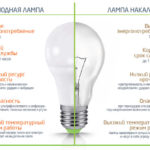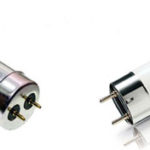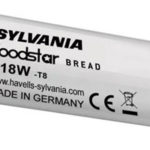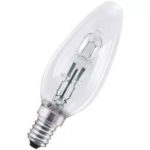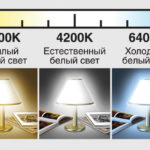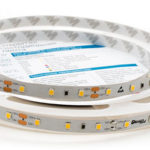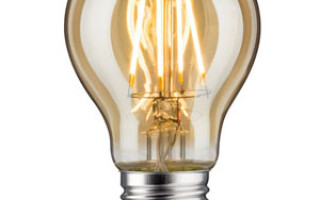There are little things that usually no one pays attention to and does not attach much importance to them. This category includes lamp bases, the differences in which are noticed only when the bulb is not included in the cartridge, because for successful fixation they must be of the same type. Usually plinths are made of ceramic or metal, sometimes both materials are combined in order to increase the effectiveness of the plinth.
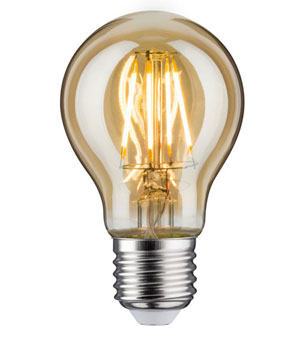
Content
How marking is done
The marking is a combination of a letter or several letters in front and a number at the end.
The type is determined by the letter in front:
- E - Threaded base (sometimes the name Edison screw is also found);
- G - Pin base;
- R - Base, which has recessed contacts;
- B - Pin type base;
- S - Soffit base;
- P - Base of focusing type;
- T - Telephone type base;
- K - Cable plinth;
- W - baseless lamp.
Also, after these letters, information about the subtype of the lamp that is used can be indicated:
- U - Light bulb operating in energy-saving mode;
- V - Base, which has a conical completion;
- A - Automotive lamp.
The letters are followed by numbers that indicate (in mm) the diameter of the base or the distance between its contacts. If after you see another letter, this is the number of contacts (s means 1, d - 2, t - 3, q - 4, p - 5).
Features and application of some types of lamp bases
Screw base E
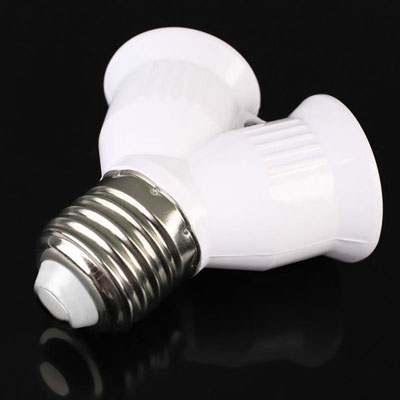
The marking of this group is quite simple. It includes the letter "E" and the designation of the case diameter. For better compatibility, you can often find special adapters that make the job much easier. The most popular among the plinths of this type are E10, E14, E27, E40. This subspecies is used for both incandescent and energy-saving and LED lamps. The most popular classic E27 and E14. The largest type is used to illuminate large areas - streets, parks, industrial buildings.
Pin base G
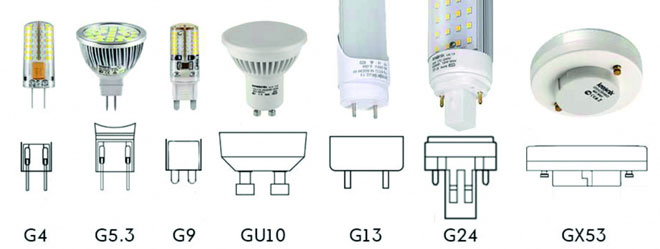
This type of construction uses pins and does not have any threads. They are used in small halogen bulbs, as well as recessed and spot-type luminaires. The most common of these are G4 (the most compact, designed for spot lighting of interiors), G5.3 (most often found in ceiling lights), G9 (used in decorative lighting under voltage 220 V), G10 (sometimes found in wall lamps), G13 and G23 (used in standard fluorescent light bulbs indoor lighting, however, they have a larger brightened area than incandescent lamps).
Base with recessed contacts R
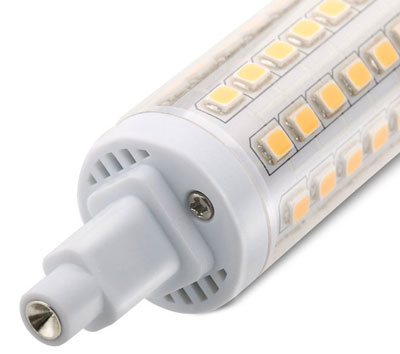
This is a kind of socles that are designed for high power and temperature, designed for halogen, tubular and quartz lamps. The marking also indicates the numbers indicating the length of the tube in mm.
Pin base B
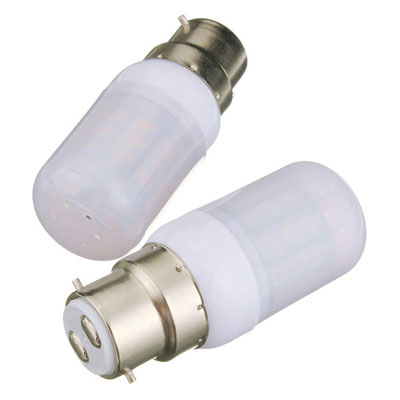
The same group is notable for its asymmetric edges, which are installed in the cartridge according to a strictly specified position, an example of focusing light in a specific position, which is necessary in car bulbs. This option is more compact than the standard Edison screw and features a faster process for replacing a non-working lamp.
Soffit plinth S
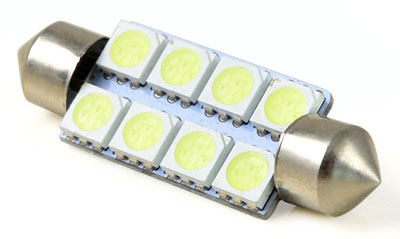
This is a kind of double-sided basement structures designed to illuminate bathrooms or illuminate various objects (shop windows, license plates, mirrors). Often used in stage equipment. It features a characteristic arrangement of contacts on both sides. Marked Sxwhere x is the body diameter. It can be fixed both from two sides, and from one.
Focus base P
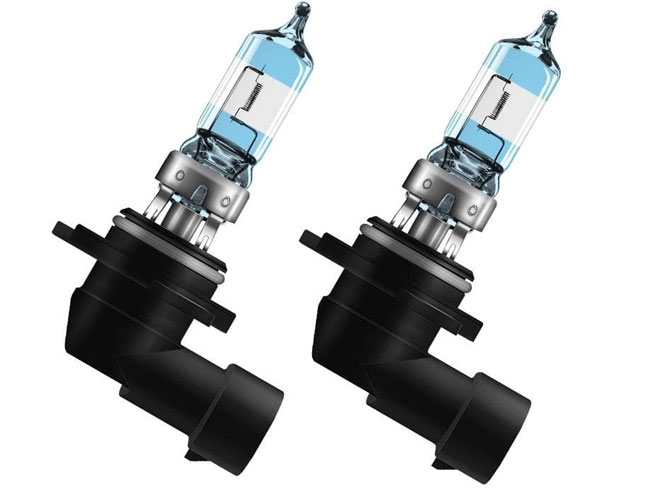
This plinth variation is made using a prefabricated lens to guide the flow of light. They serve for navigation lights, movie projectors or spotlights. When marking, the diameter of the flange that focuses the light, or an arbitrary part of the body, is indicated.
Telephone base T
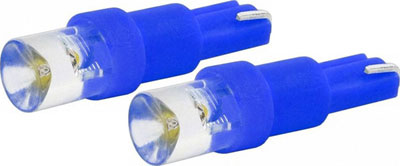
These rarely seen designs usually carry out small illumination of equipment, on a computer keyboard or in control panels. The terminals are mounted on an external base, the width of which is indicated by marking numbers.
Cable base K
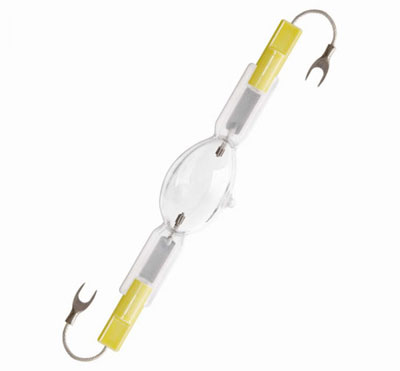
An uncommon variety that is often used in projection equipment.
Baseless type W
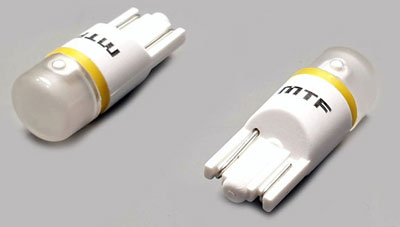
The most elementary subspecies, where the wire contacts are brought out through a glass bulb, the thickness of which with one current output is indicated in the marking. Next put a multiplier sign the width of the base in millimeters. Examples of them can be found in garlands and as direction indicators.
Characteristics of popular types of socles for lighting lamps
Base E14
Everyone's favorite popular "minion". Suitable for many types light bulbs, used for both decorative and general lighting. It is most often consumed under incandescent lamps, since the energy-saving option is more expensive. Also, do not forget about led varietiesthat do not have the disadvantages inherent in the lamps mentioned above. Due to its compactnessminions» are widely used, because they can be inserted into almost any lamp or chandelier.
Plinth E27
The properties are the same as the above-mentioned E14, differing from it only in an older history of origin and greater fame. Regarding versatility, here both designs are almost the same, because in which case there are countless special adapters.
Plinth G4
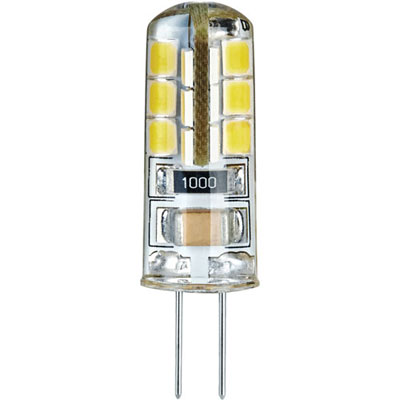
Designed for voltage from 12 to 24V, estimated service life - up to two thousand hours. Designed for very miniature halogen-type light bulbs, which play an exclusively decorative role in lighting.
Plinth G5
Unlike its smaller subtype, it is also designed for LED lamp. They are often used in false ceilings for local lighting of individual elements of the interior decor of the room.
Plinth G9
They differ in their work without transformers, they are used in a conventional 220V network. They are installed in many lamps and chandeliers, the lamps are usually halogen (then the basement is made of glass), but there are also LED variations (in this case, the glass is replaced with plastic). They are second in popularity after the Edison screw.
Plinth 2G10
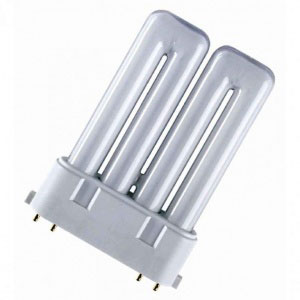
It is a combination of two similar designs. It has four pins and is made specifically for extra flat fluorescent type lamps, which are used for characteristic wall fixtures, or their ceiling variants.
Plinth 2G11
An even more compact version for fluorescent lamps, which are inserted into lamps of especially small dimensions, which illuminate a small area, but nevertheless are used for both internal and external lighting of the attached area.
Plinth G12
Designed for small metal halide bulbs, which have excellent color rendering and light output, therefore they are widely used in the field of landscape design, often for illuminating facades, monuments or fountains. Relatively durable.They work stably in outdoor conditions and are generally unpretentious. Pretty popular group.
Plinth G13
Applicable for the installation of standard T8 fluorescent lamps, with a bulb with a diameter of up to 26 mm. Their gas-discharge subtype is characterized by increased efficiency, a relatively large illuminated area and a clearly longer durability than similar incandescent lamps. It is usually used for interior space.
Plinth R50
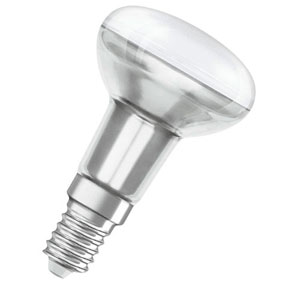
The most popular area of consumption of this group is in spots (a kind of spotlights) or in suspended ceilings. Mirror lamps are gaining prominence in home lighting due to their low cost. The flask type is often drop-shaped.
Similar articles:
